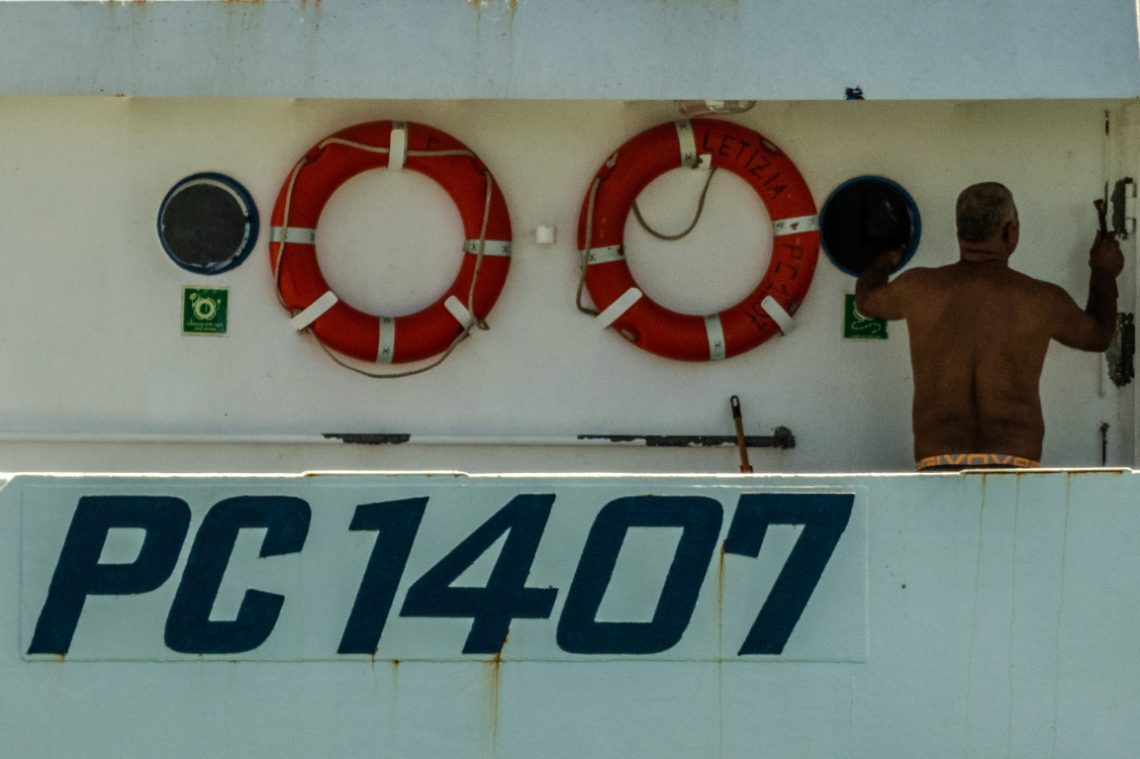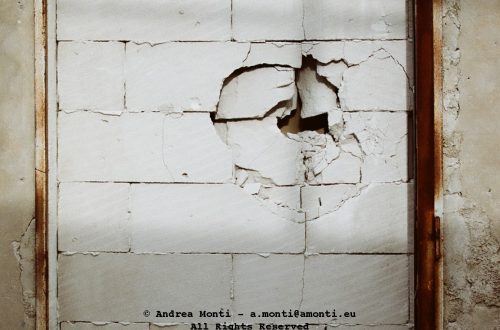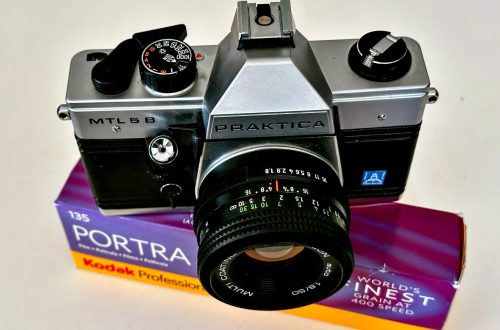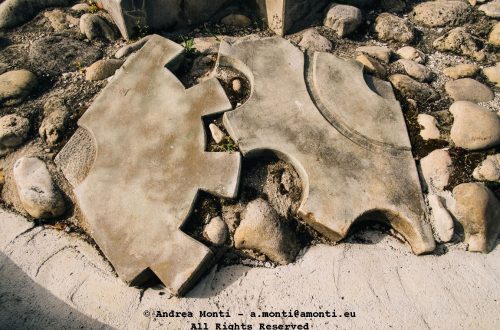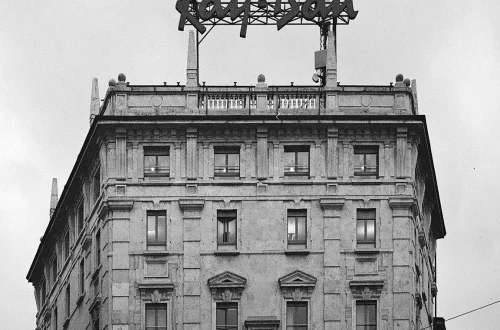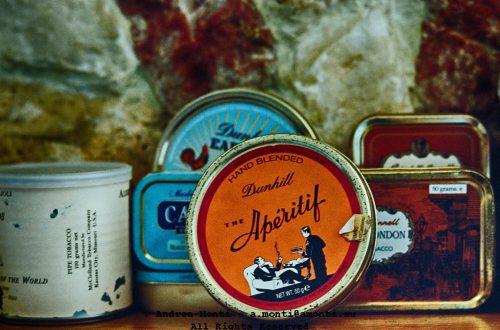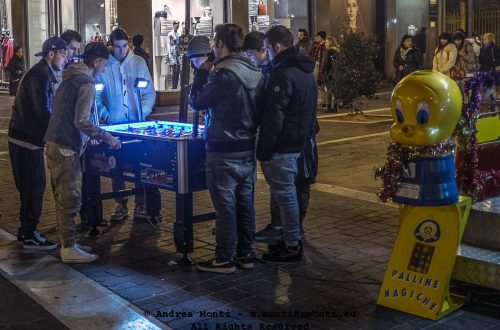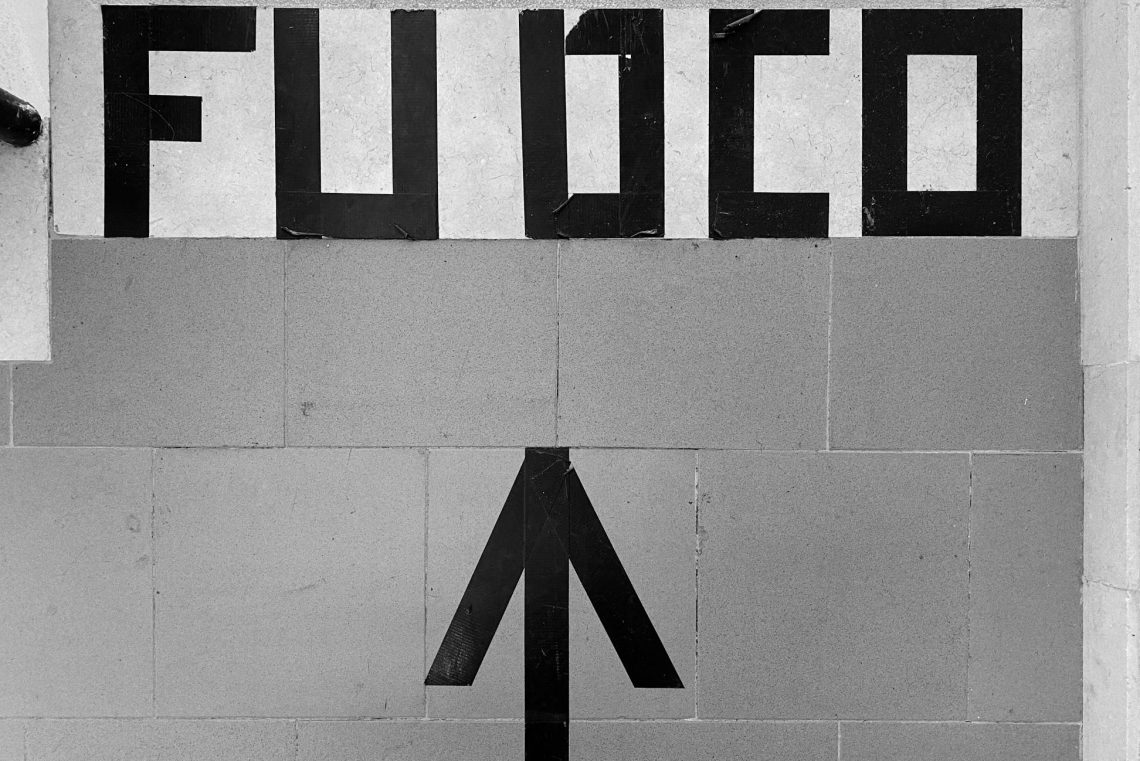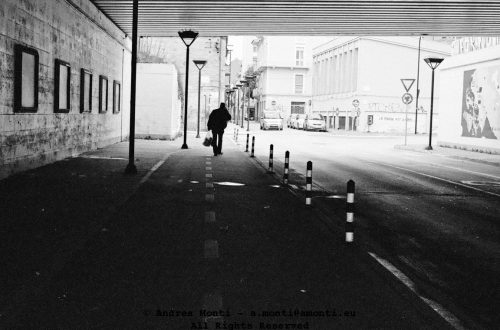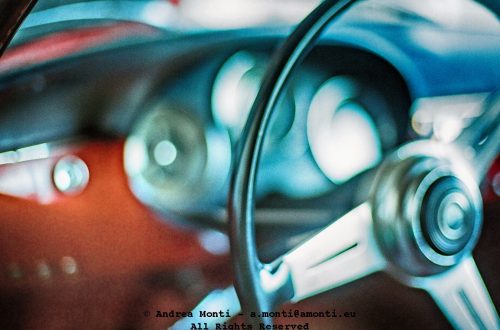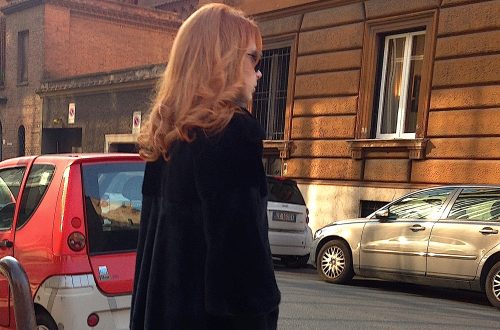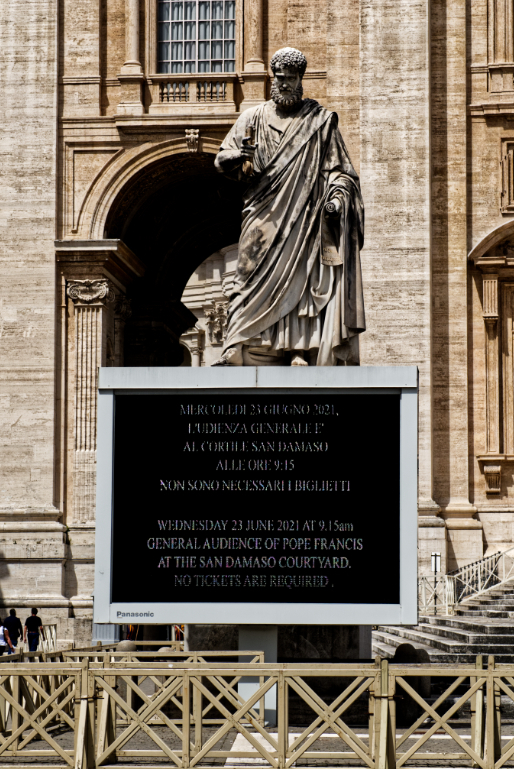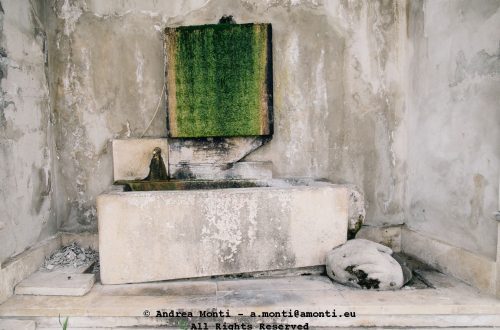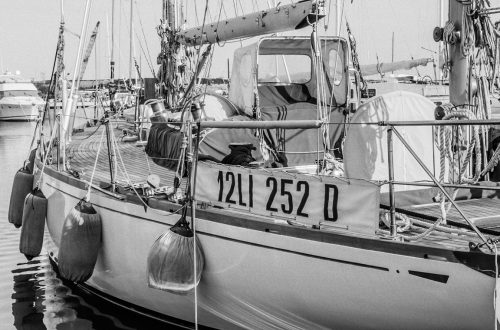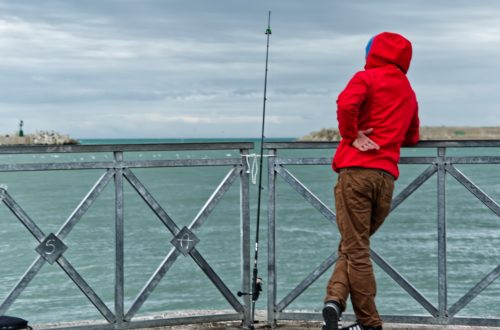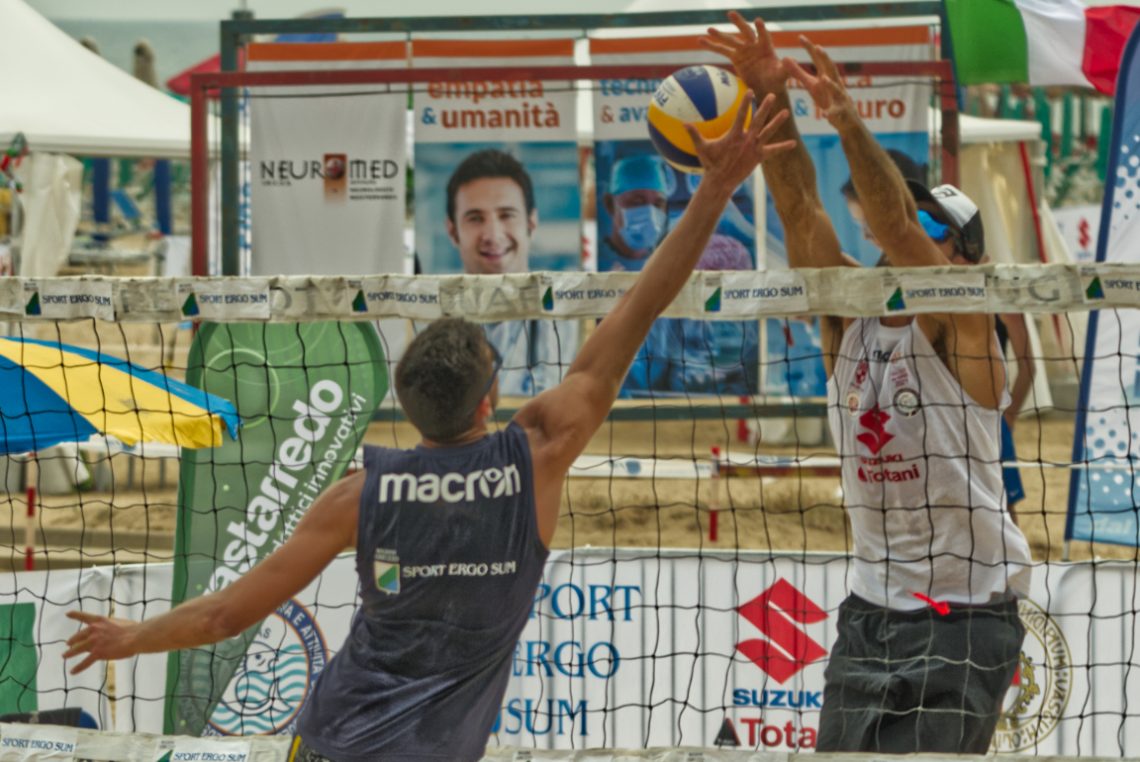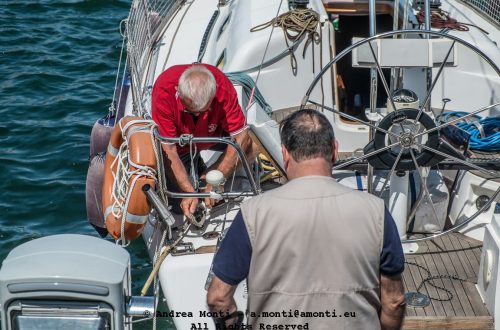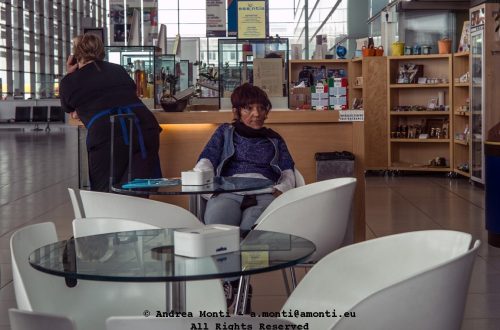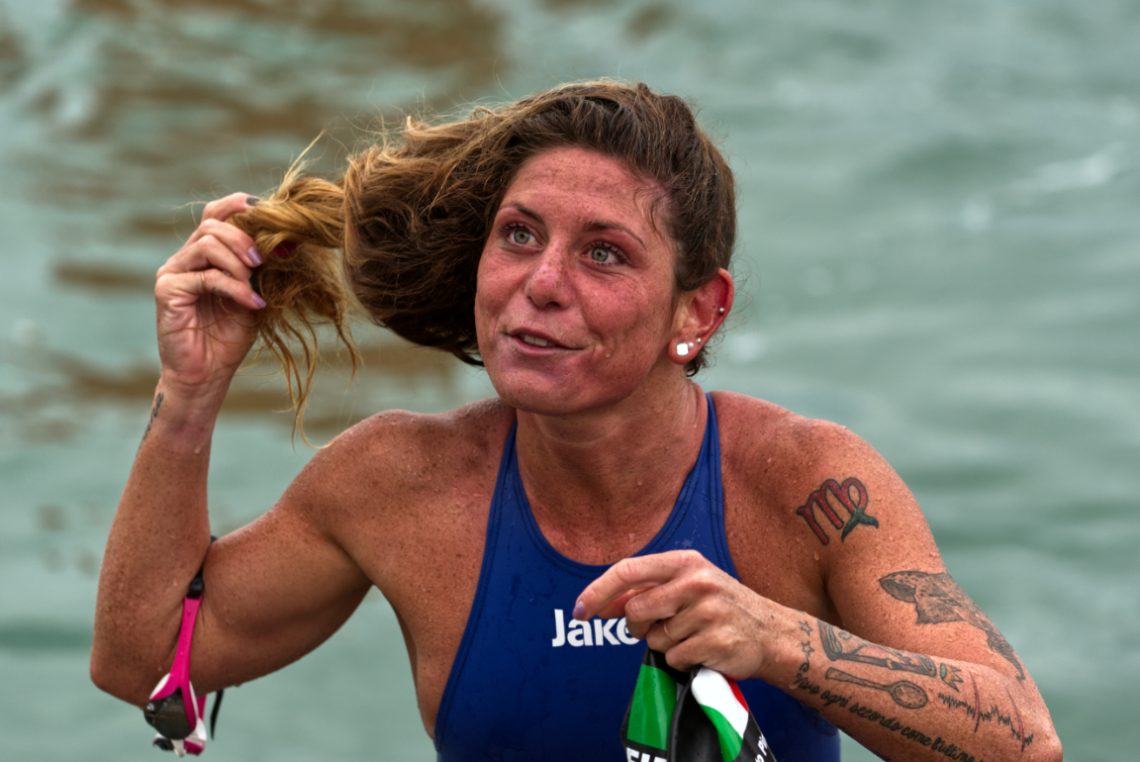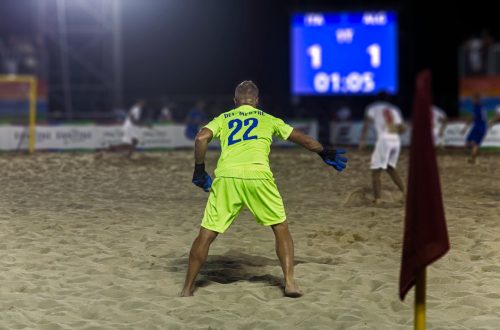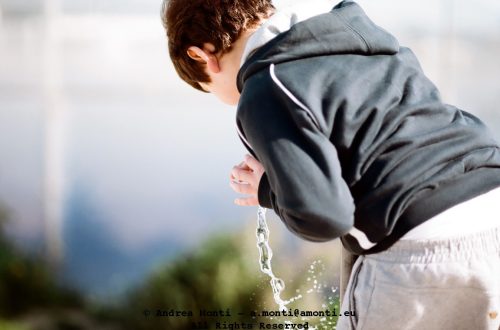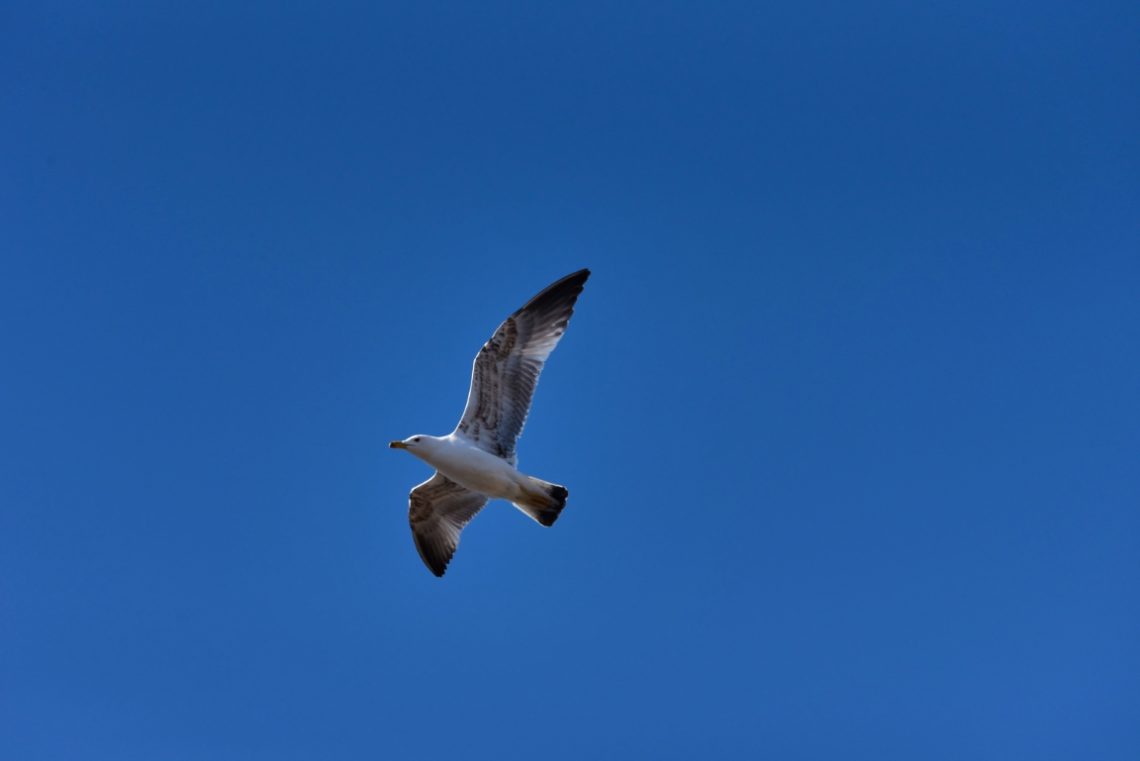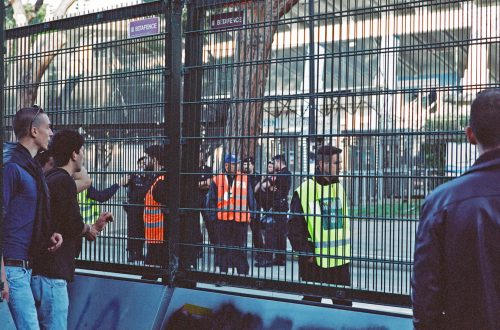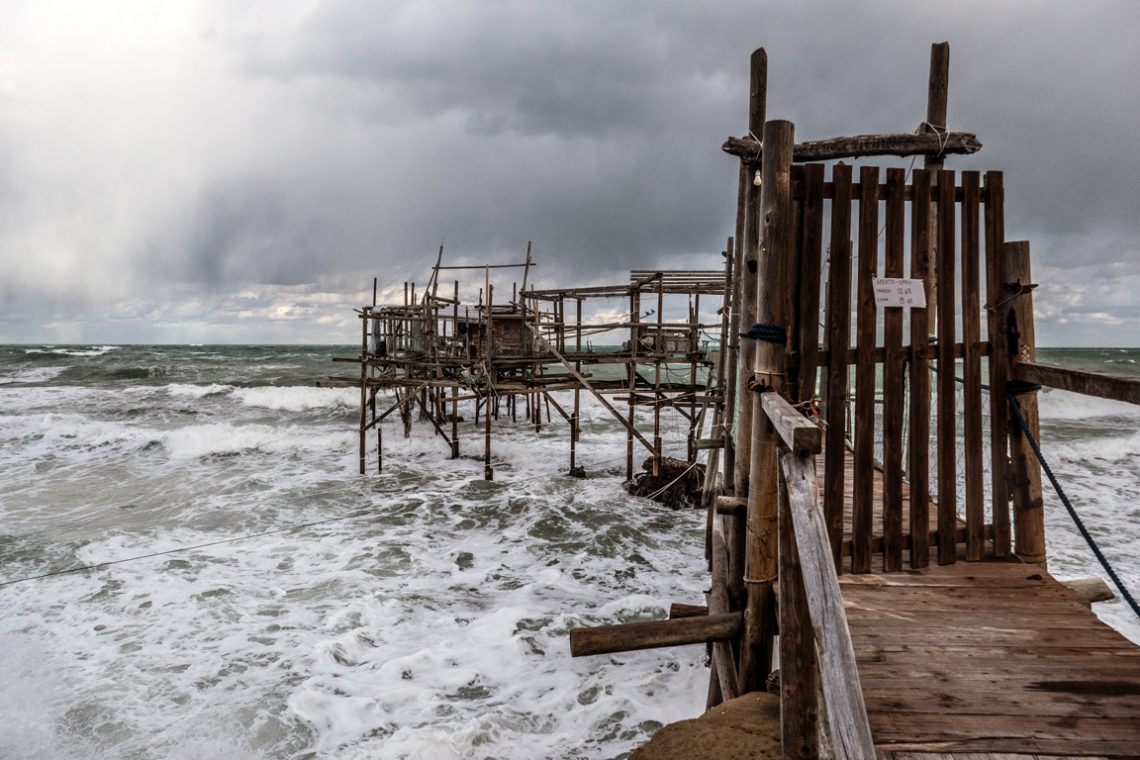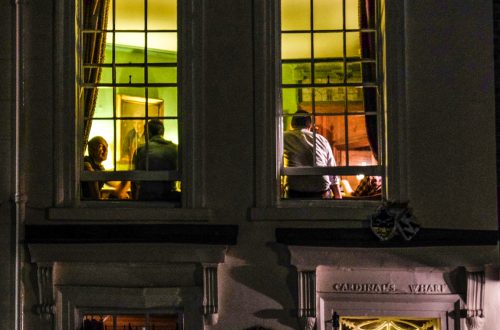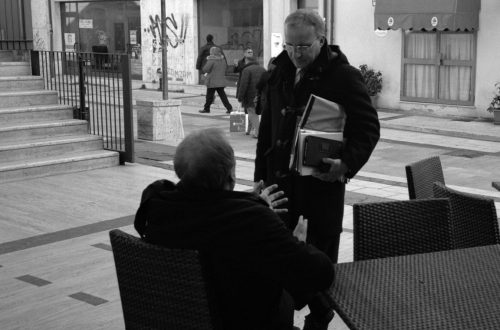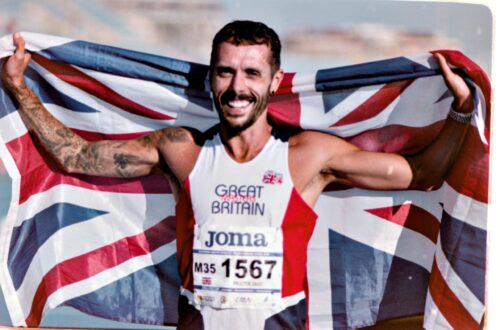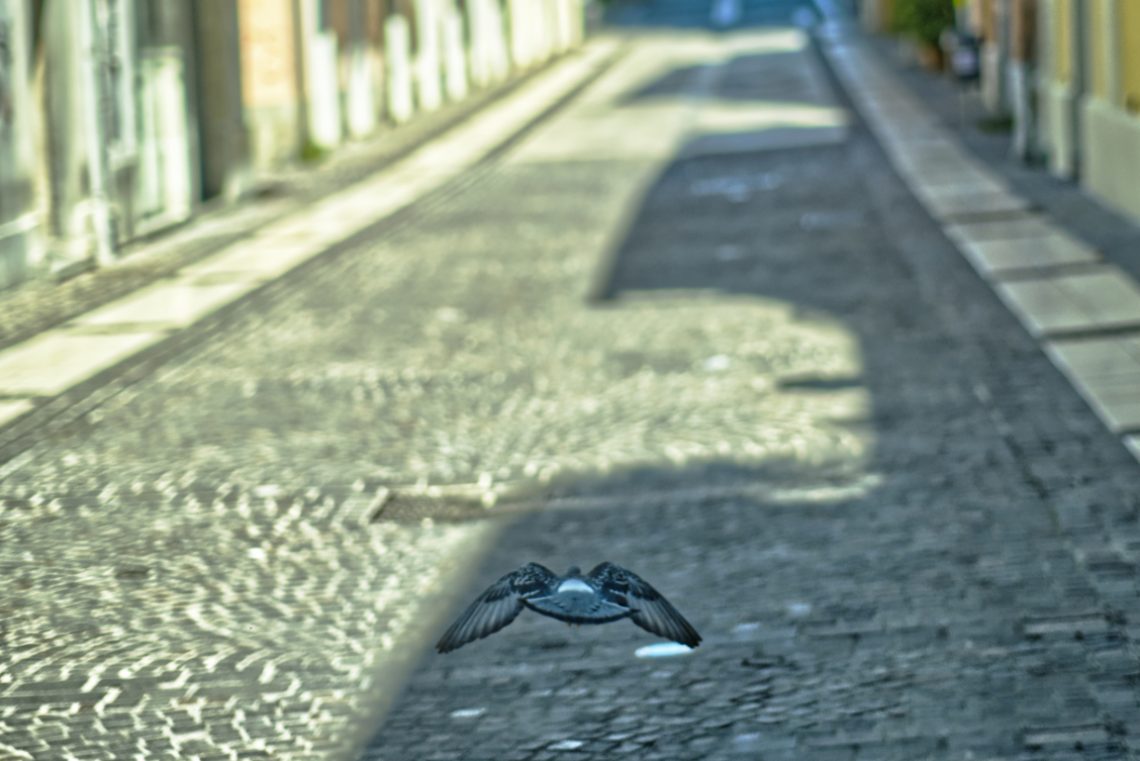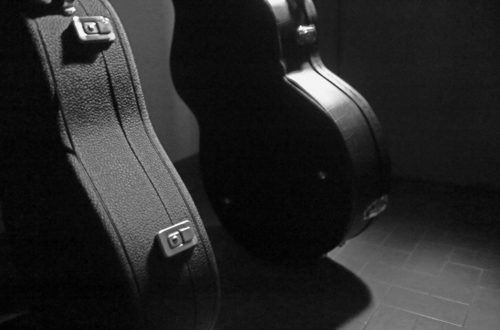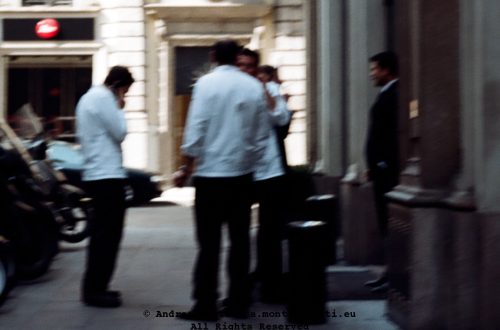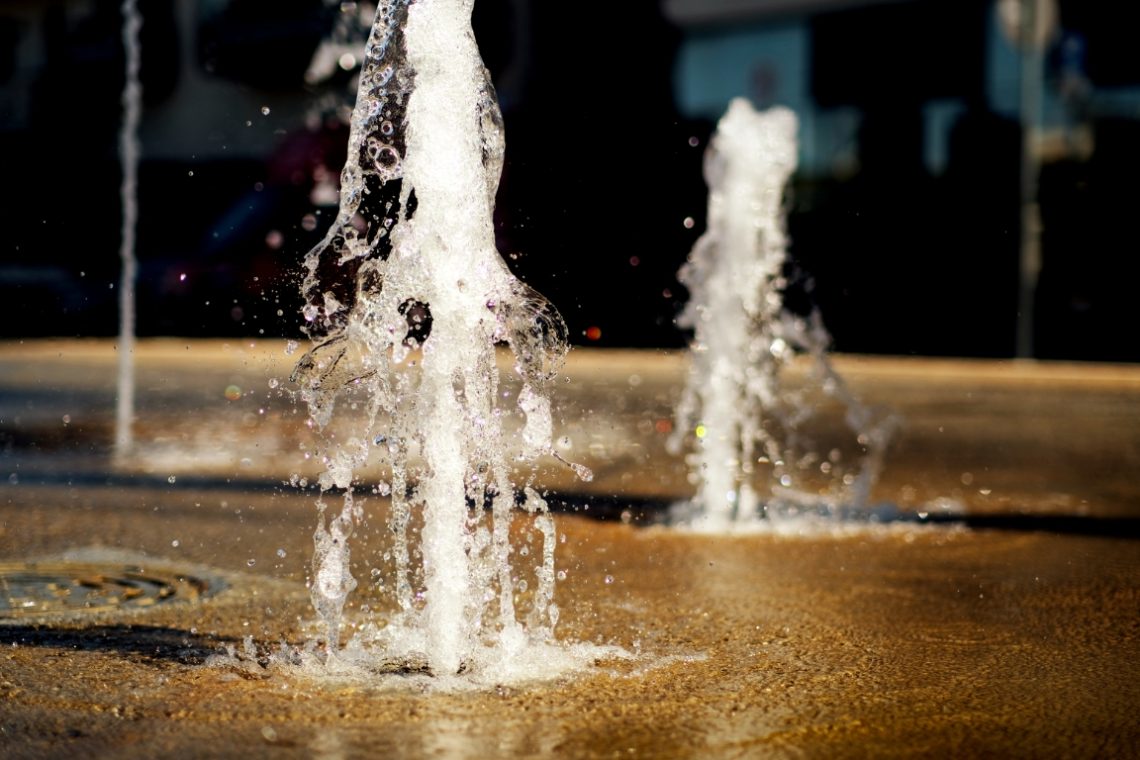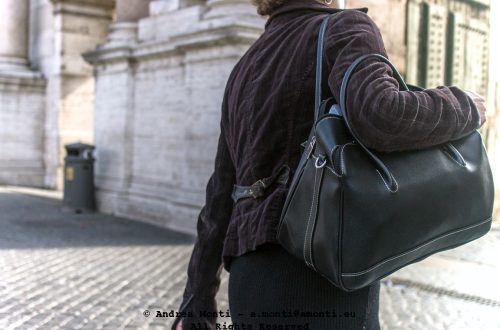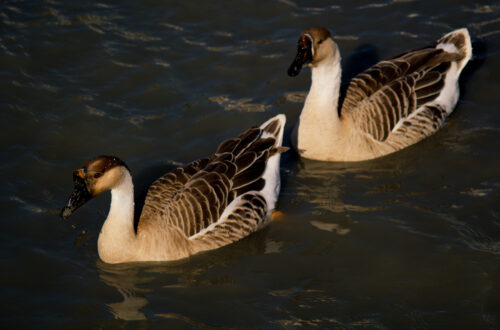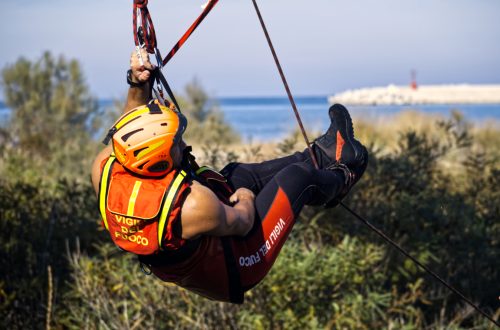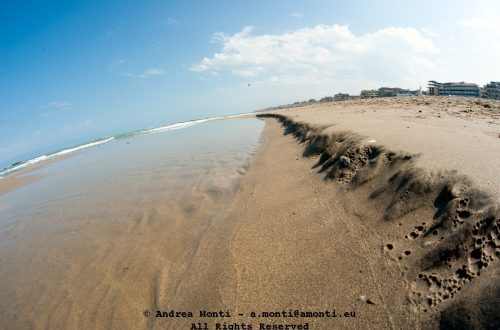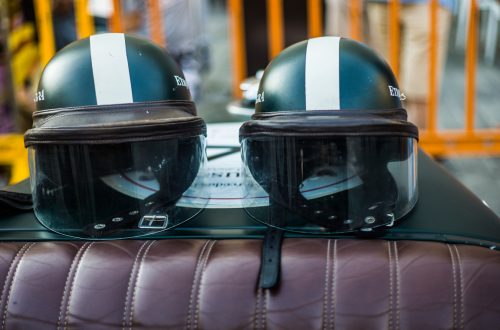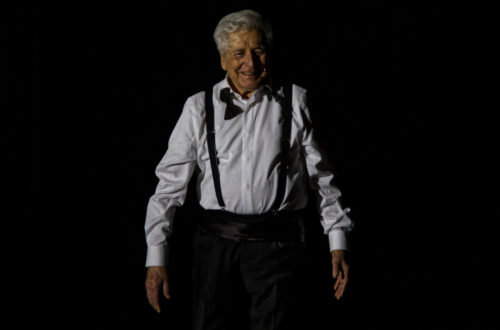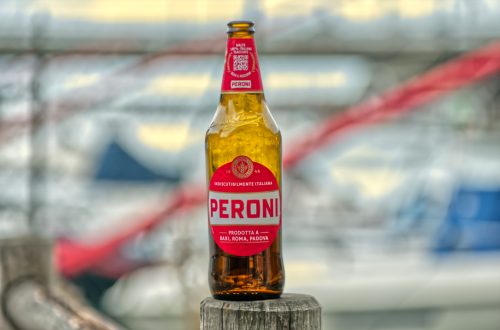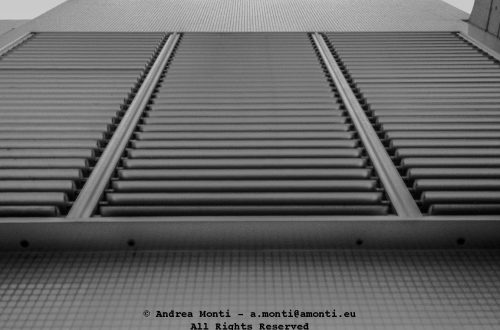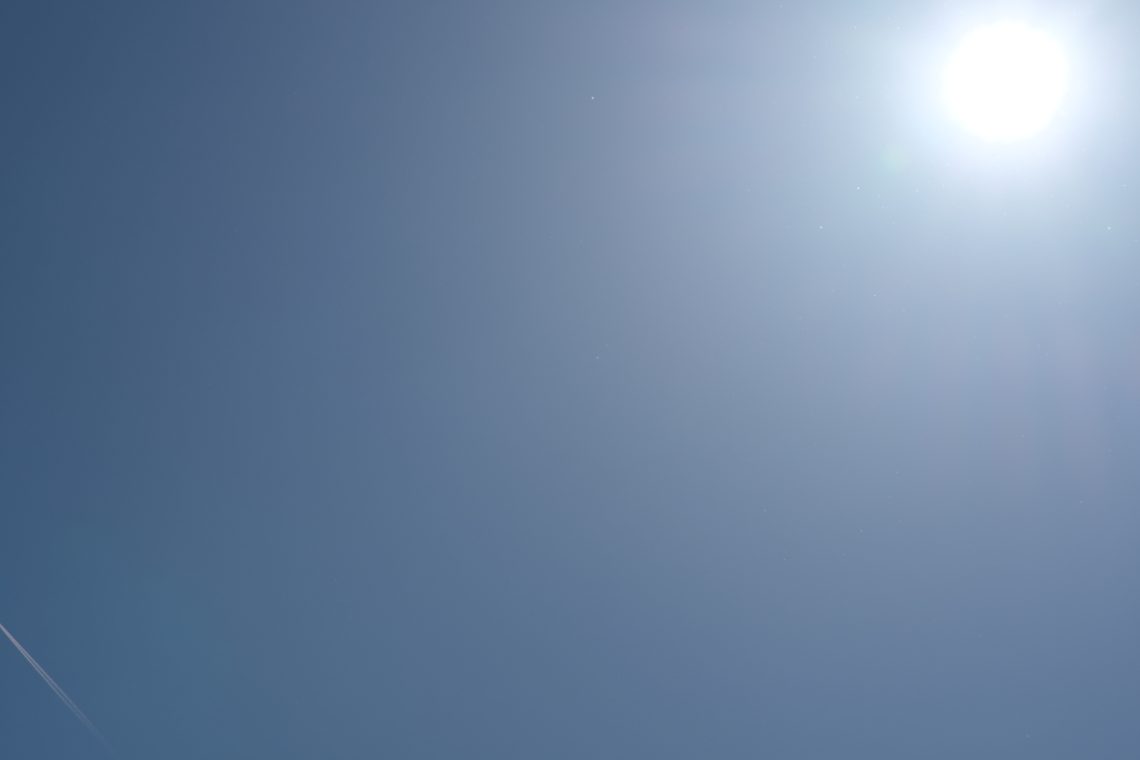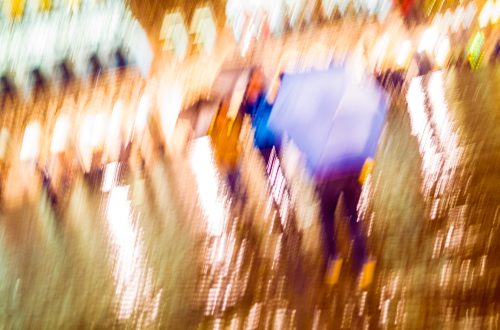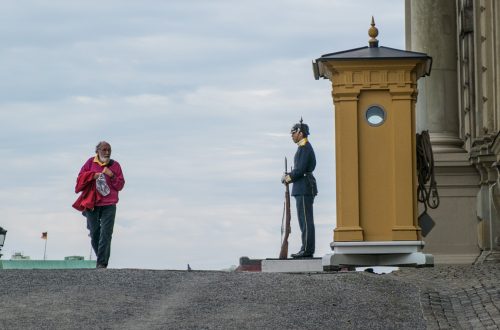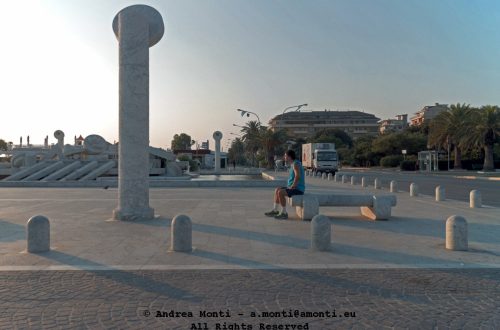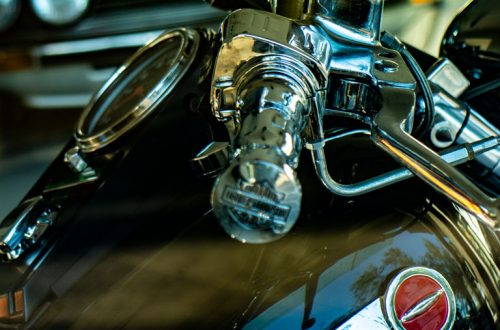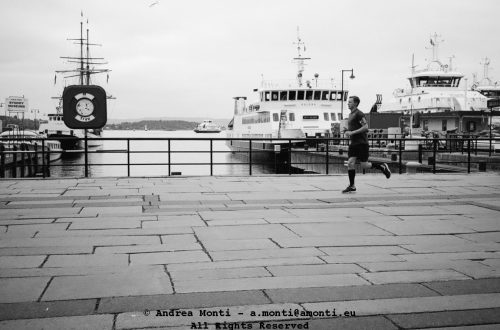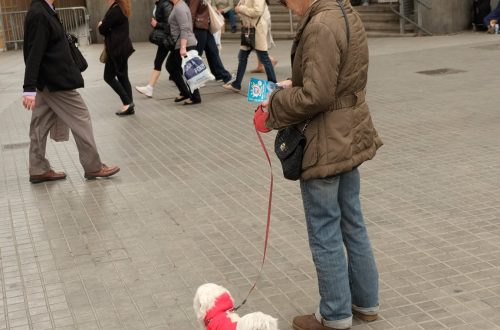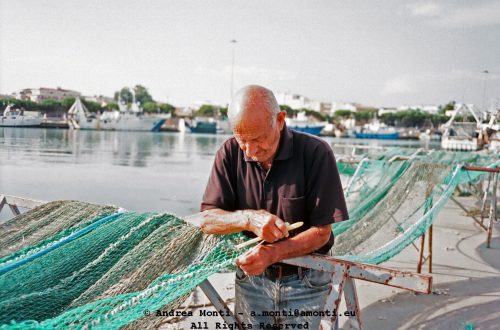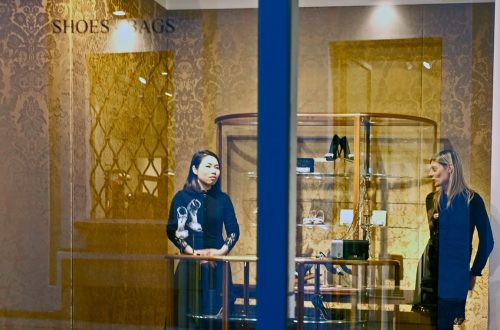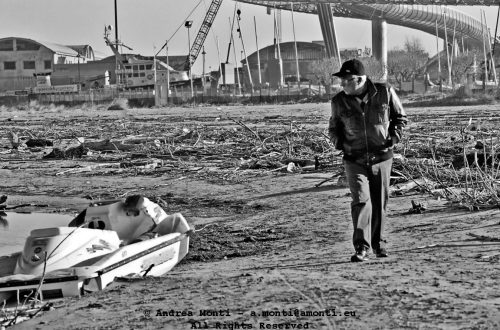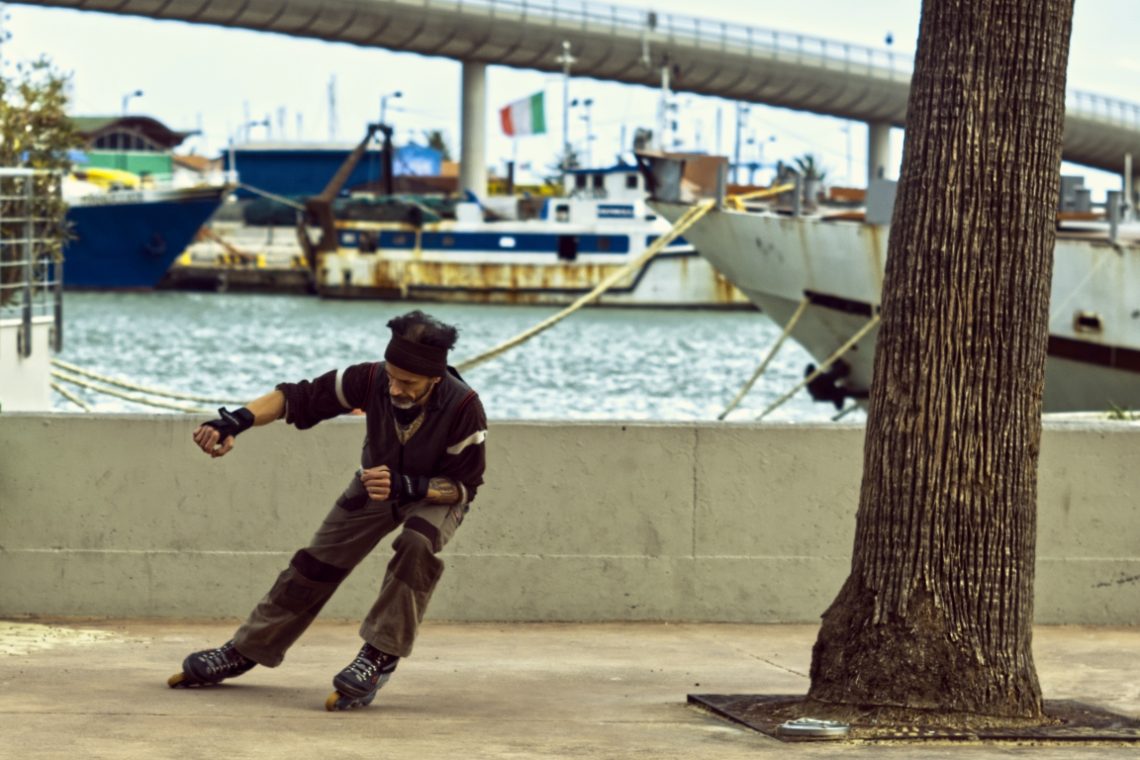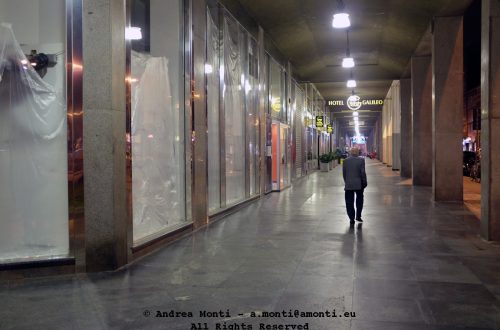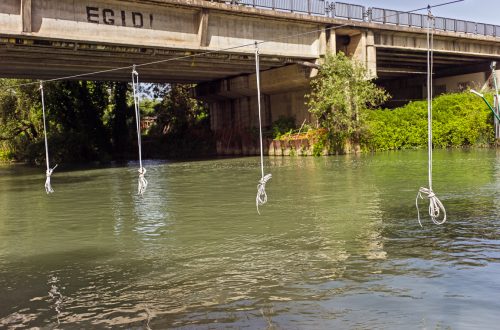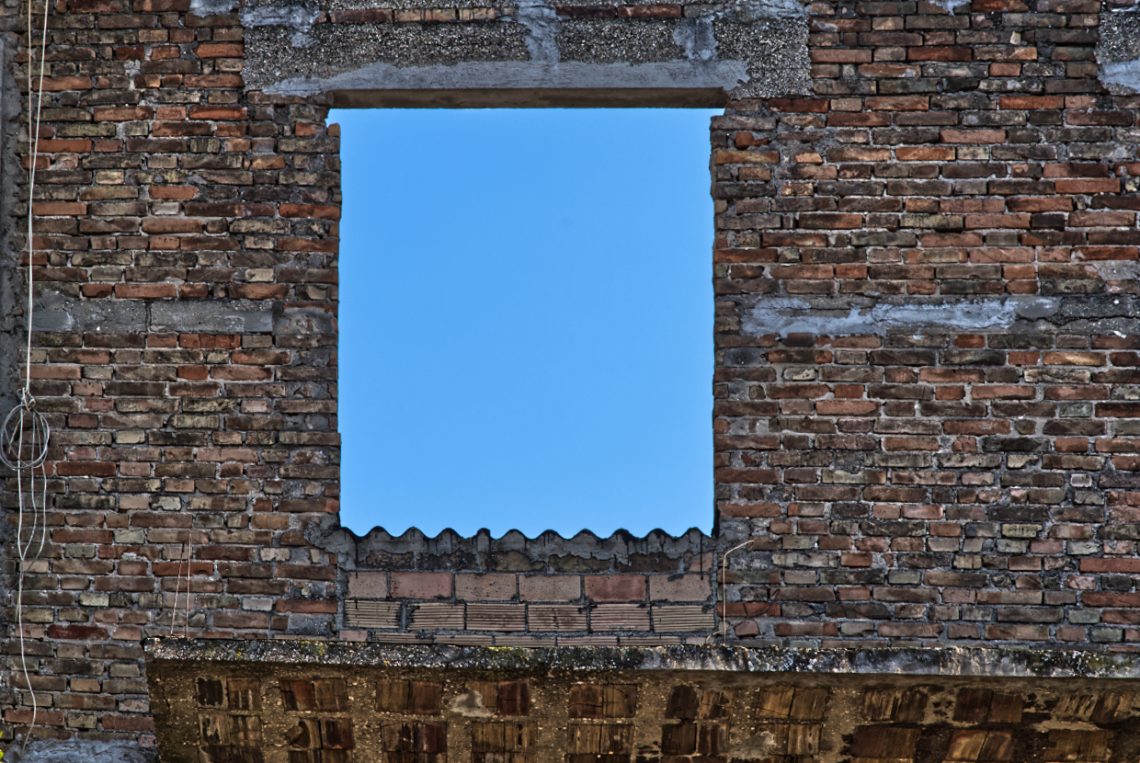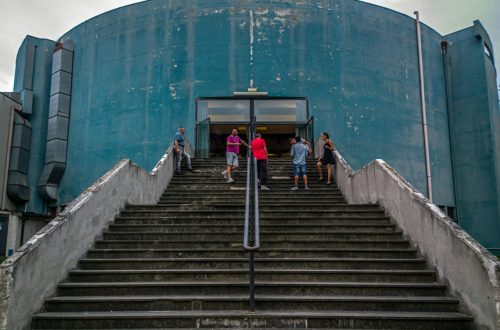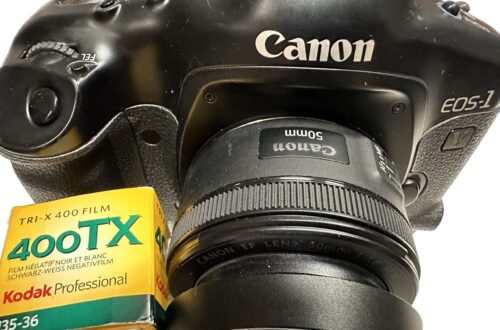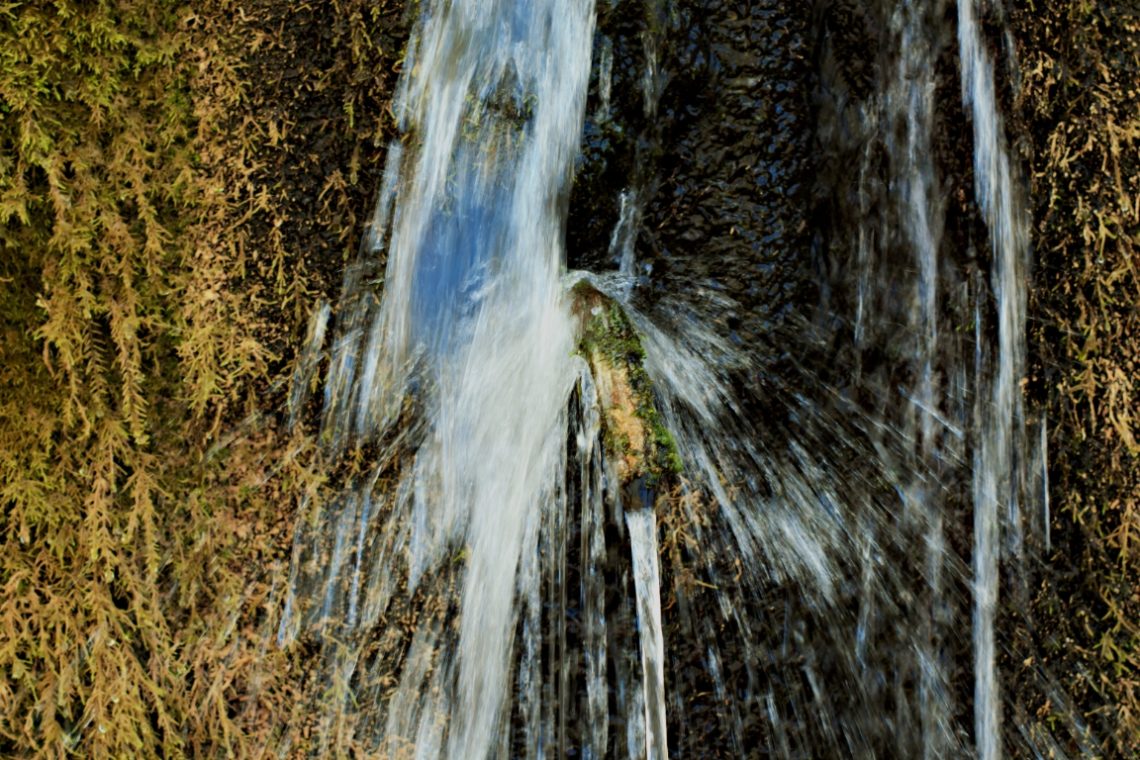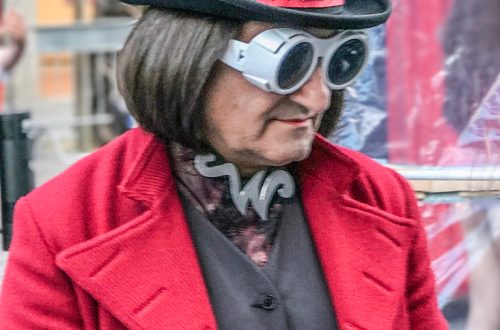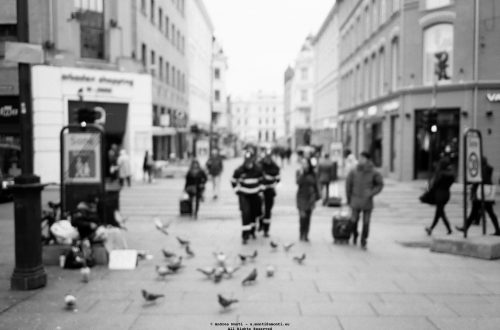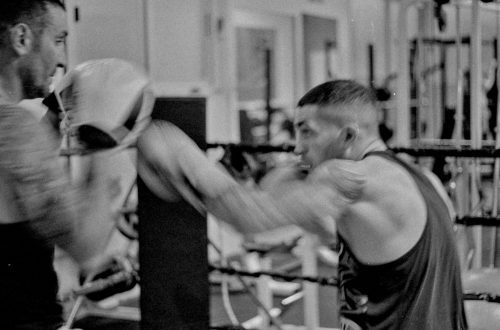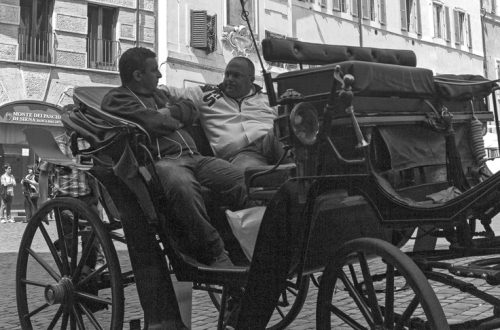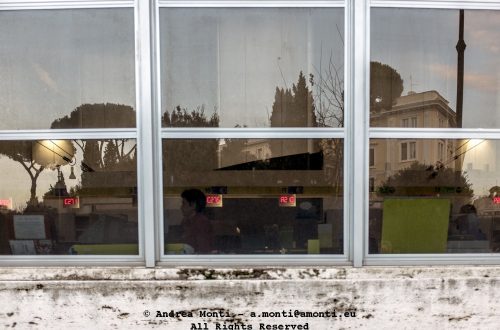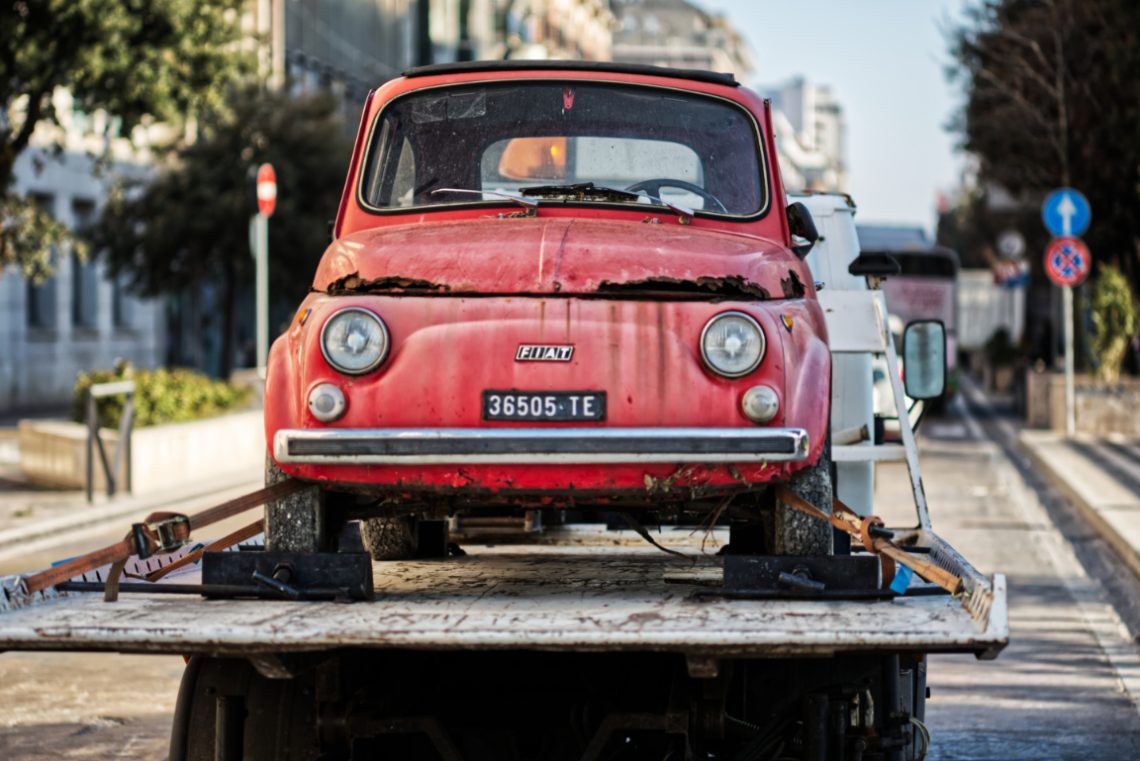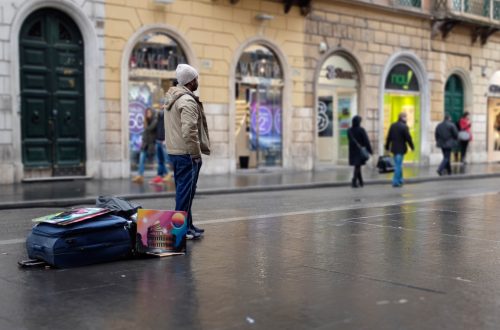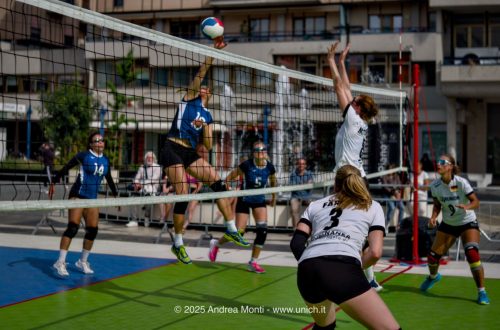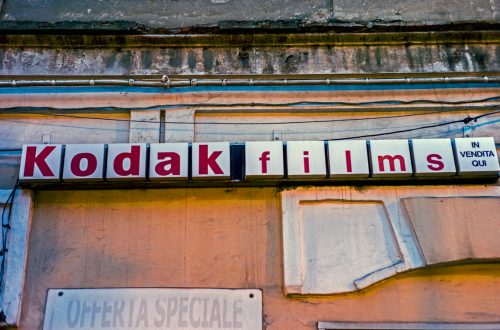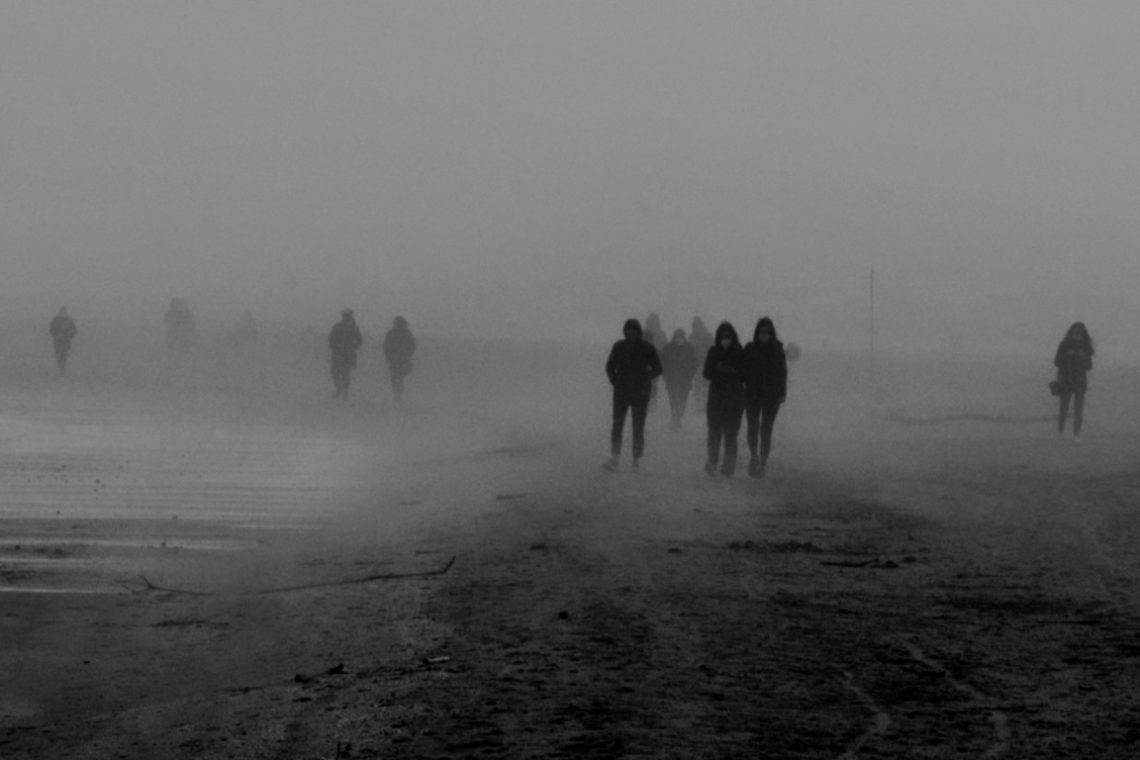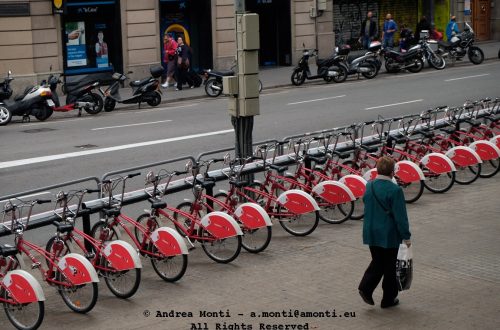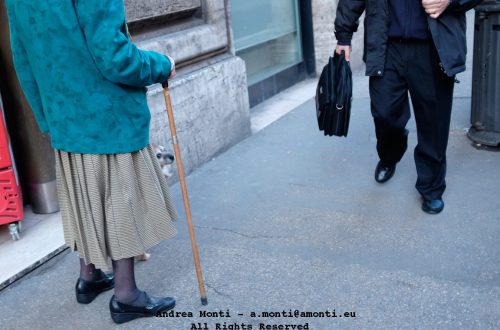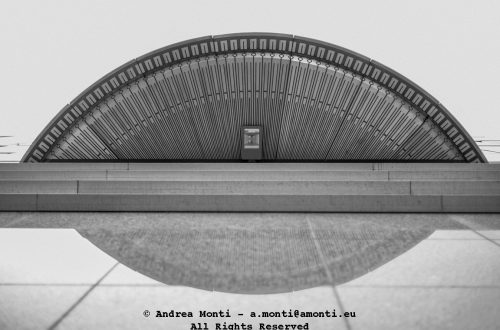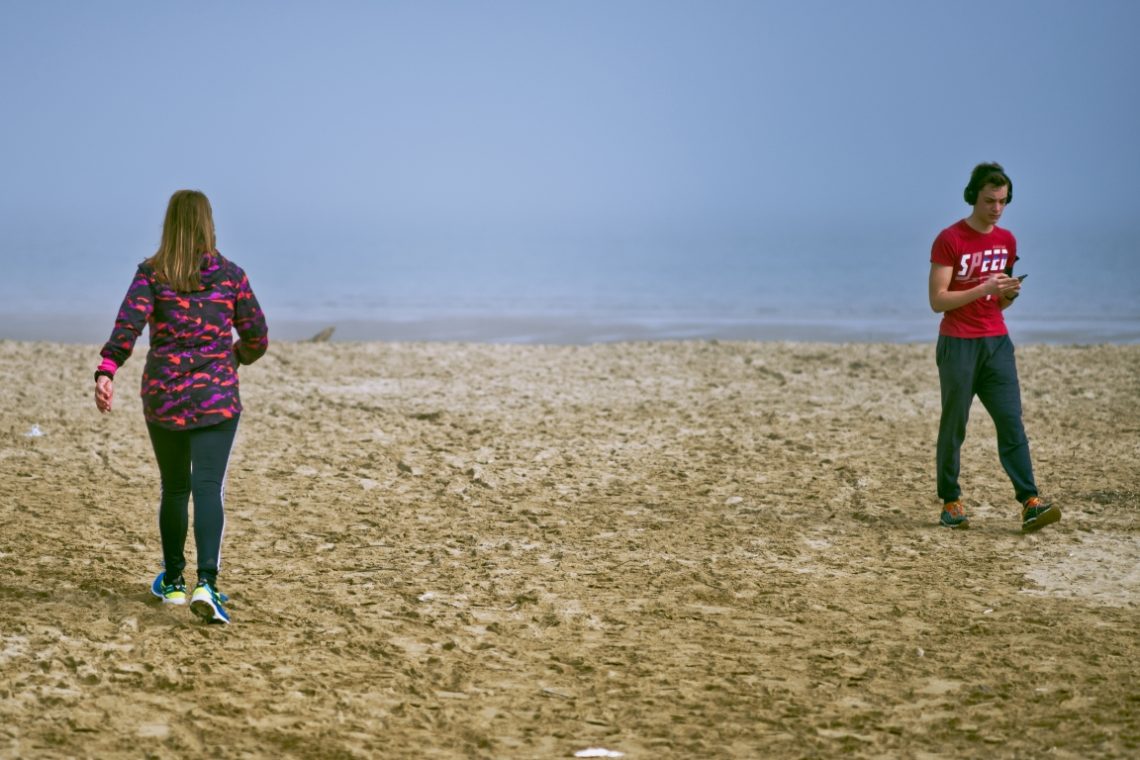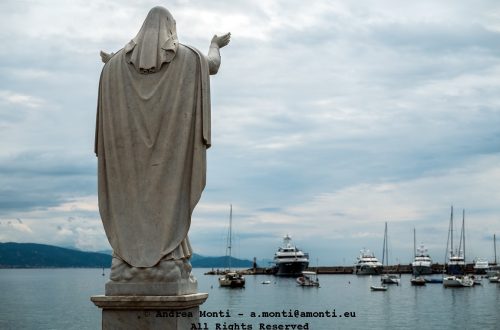-
Fixing the ship
-
Forza Italia
I took this frame in the middle of a warm evening on a busy shopping street. The crowd flowed by—quick glances, weekend chatter, the usual rhythm of a city centre. But what caught my eye was this man, sitting quietly on the kerb, Italian flags resting against a tree, another in his hands, waving lightly in the breeze. He wore a mask, a straw cap, and sandals. Behind him, mannequins lit up glossy storefronts. In front of him, passers-by moved without pause. For a second, I stood still with the camera. Then I saw it. The flag, mid-motion—green, white, red. The symbol of a nation, fluttering not from a balcony,…
-
Feuer
-
Technological Memento
-
Wonder… Wall
The ball hangs in that fleeting, decisive moment — neither fully blocked nor cleanly smashed — suspended in a fraction of time that speaks volumes about the tension of beach volleyball. I took this with the Nikon D750 paired with Sigma’s 150-600 Contemporary, a combination that offers both reach and flexibility for sports work, though it demands a steady hand and a keen eye to keep subjects sharp. Compositionally, I opted for a tight crop that puts the net and players right into the viewer’s space. There’s no room here for context or the comfort of distance; you’re practically part of the rally. The branding and banners in the background…
-
Portrait of a Fin Swimmer
Some portraits happen in a studio, under measured light and with deliberate poses. Others — like this one — are pulled from the water, quite literally, in the midst of motion and adrenaline. I caught her just after she emerged from the sea, hair dripping and muscles tense, her expression still riding the wave of effort and triumph. The Nikon D750 paired with the Sigma 150–600 Contemporary gave me the reach to stay back and let the moment unfold naturally, while still pulling in the details — the salt-speckled skin, the flushed cheeks, the tension in her arm as she grips the swimming cap. From a technical perspective, the challenge…
-
A Seagull
Handheld.
-
Moon, hand-held
-
A ‘Trabocco’ on the Adriatic Sea
-
Taking-Off
This is a test for the Viltrox AF 56/1,4 XF’s autofocus. The pidgeon took-off suddenly and I just had to point and shoot. The lens behave fairly. I didn’t plan this shot—I reacted. The pigeon launched off the cobbles just ahead of me, wings outstretched, backlit by the fragmented morning light reflecting off the street. I tracked it instinctively and pressed the shutter a fraction before it left the frame. For a moment, everything aligned: subject, motion, light, and a surprising stillness in the middle of movement. The composition isn’t textbook. The bird isn’t centred—more like hovering toward the bottom third, wings drawing a wide V across the soft texture…
-
A Fountain’s Jet
I took this shot with a Viltrox AF 56/1,4 XF at full aperture. The focus reacted swiftly, and the colours’ rendition is pretty accurate. There is minimal colour fringing. However, it is more likely caused by air bubbles rather than by the lens itself. Like its bigger sibling, the AF 85/1,8 XF, this lens is excellent. Photographing water at f/1.4 is, in many ways, an exercise in precision gambling. The Viltrox AF 56mm f/1.4 XF, mounted on the Fuji X-T3, gave me a razor-thin depth of field to work with. At this aperture, there’s no room for hesitation – you either nail the plane of focus or lose the subject…
-
Using a 1960 Leica Elmarit 90/2,8 on a Fuji X-T3
In short The Leica Elmarit 90/2,8 works flawlessly on a Fujifilm X-T3, also with third-party adapters having no electronic connection with the camera. It provides excellent results, notwithstanding its age. Using this lens for street photography requires using focus-peaking or zone focus. In this latter case, proper training is necessary to correctly assess the distance from the subject. Image quality On the X-T3 the lens preserves its unique identity. Its colour rendering gives pictures a distinctive ‘retro’ character. The Elmarit shows an excellent resolving power: thin lines are visible and well defined. Chromatic aberration is visible at F2,8. It disappears from F4 and ahead. Anyway, the lens profile is well…
-
In praise of ‘cheap’ lenses for ‘pro’ works
Full disclosure: I have no relationship with Viltrox. I purchased the lenses with my own money and did not receive any request to write this post. I have recently discovered Viltrox, a Chinese manufacturer of lenses for the Fujifilm X-system. I am using the AF 85/1,8 II XF and the AF 56/1,4 XF and I am very satisfied by their performance. They are very good for ‘professional’ sessions, however, there are many online reviews that snobbishly rate these lenses as ‘amateur’, ‘non-professional’ or ‘first time portrait photography enthusiasts’ grade. I think that these reviews are unfair and here is why: What does ‘better’ mean? It is a known fact that…
-
Viltrox AF85/1,8 II XF. Reflexless?
I wanted to see how the Viltrox AF85/1,8 II XF handled flare, contrast, and chromatic control in the most demanding conditions: shooting straight into the sun. The result was surprising. No ghosts, no halos, no rainbow arcs. The field stayed clean, with the light falloff natural and evenly graduated. For a lens at this price, that’s more than acceptable — it’s exceptional. This is an Out-of-Camera Jpeg, shot at F8 and ISO 160, unprocessed but for the size. The results are Incredible for a lens that costs so little…
-
Footprints
-
Deserved Rest
-
A Street-Skater on the Waterfront
I came across him by the harbour on a day when the wind carried the smell of salt and diesel from the moored fishing boats. He wasn’t performing for an audience—just skating alone, immersed in his own rhythm. His movements were sharp but fluid, somewhere between dance and martial art. I wanted to capture that moment when the body leans into balance, teetering on the edge of a fall but never crossing it. The setting presented an immediate visual contrast: the fluidity of his posture against the static, almost heavy backdrop of the docked ships. I framed him to the left, letting the background breathe, so that the masts, ropes,…
-
Open Interior
-
Splinter
-
Drying Clothes
-
The Last Journey Of An Hero of Italian Motoring
Behold, the Fiat 500. Not the modern one that’s all airbags and Bluetooth and makes you feel like a fashion blogger. No, this is the real thing. The original. The glorious, underpowered, unapologetically tinny Italian shoebox. And look at it now—strapped to the back of a truck like a pensioner wheeled out of the bingo hall for the last time. Rusted. Flat-tyred. Beaten. Magnificent. I spotted it being hauled away through a southern Italian town, and frankly, I nearly wept. This was once the car that got a nation moving. The people’s Ferrari. The automotive embodiment of an espresso shot. And now? A hunk of oxidised metal destined for the…
-
Zombies
It was one of those winter mornings where the fog doesn’t just obscure — it swallows. Standing on the shoreline with the Nikon D610 and my trusty Nikkor 105mm f/2.5, I could barely see ten metres ahead. Figures emerged slowly from the haze, walking towards me in silence, their features lost in the grey void. The effect was unsettling enough that, reviewing the shots later, I couldn’t help but think of a scene from a low-budget horror film — the title wrote itself. Technically, this photograph is a study in embracing limitation. Autofocus in such conditions is almost pointless, and it wasn’t a problem since the lens is full-manual; I…
-
Uninterested
No glance. No nod. Just two people moving through the same space, as if the other didn’t exist. This was taken on a beach that should have felt wide open, maybe even freeing—but something about the moment made it feel small, enclosed. The boy looks down at his phone. The girl walks past him, eyes fixed forward. Neither slows. Neither turns. They’re metres apart, yet orbiting separate worlds. I didn’t ask for this scene. It unfolded on its own. A brief choreography of disconnection. Their postures say enough: one drawn into a screen, the other into her own stride. There’s no hostility here—just absence. A quiet kind of loneliness, the…
-
Lava Nails
The first thing that struck me when I looked at this photograph was the title — Lava Nails. It’s an evocative phrase, one that instantly conjures visions of volcanic rock cooling into jagged forms. In reality, of course, what we’re looking at is far more prosaic: rows of rusty rivets or bolts on a weathered surface. Yet, the camera has transformed the mundane into the dramatic. The composition is built on strong linear perspective. The rivets march away from the viewer, converging toward a vanishing point that lies just outside the frame’s blurred horizon. This forced depth, amplified by a shallow depth of field, isolates the tactile detail of the…
